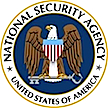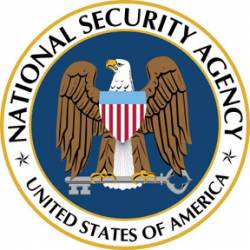
In 2008, the campaign of President Barack Obama pioneered the use of social media to power his way to the White House. In 2010, the president unleashed the National Security Agency (NSA) to collect and analyze details — including geolocation derived from GPS and other positioning technologies — of billions of American citizens’ telephone calls, e-mails, and social media such as Facebook.
In 2008, the campaign of President Barack Obama pioneered the use of social media to power his way to the White House. In 2010, the president unleashed the National Security Agency (NSA) to collect and analyze details — including geolocation derived from GPS and other positioning technologies — of billions of American citizens’ telephone calls, e-mails, and social media such as Facebook.
Although the agency continues to deny that it reads e-mails or listens in or American’s phone calls without a warrant, the profiles created from the “metadata” associated with these activities enables NSA analysts to create profiles revealing such things as where people go, who they travel with, and who their friends are.
According to documents released by former NSA subcontractor Edward Snowden as reported in the Sunday (September 29, 2013) issue of the New York Times, the agency turned a Bush administration pilot project into an operational program of spying on U.S. as well as foreign citizens.
“The agency can augment the communications data with material from public, commercial and other sources, including bank codes, insurance information, Facebook profiles, passenger manifests, voter registration rolls and GPS location information, as well as property records and unspecified tax data, according to the documents,” the Times article authored by James Risen and Laura Poitras said. “They do not indicate any restrictions on the use of such ‘enrichment’ data, and several former senior Obama administration officials said the agency drew on it for both Americans and foreigners.”
A January 2011 “for official use only” memo to NSA analysts and mission managers cited by the Times explained the management directive issued in November 2010. According to the memo, the directive “changes procedures regarding metadata analysis. Specifically, these new procedures permit contact chaining, and other analysis, from and through any selector, irrespective of nationality or location, in order to follow or discover valid foreign intelligence targets. (Formerly analysts were required to determine whether or not selectors were associated with US communicants.)”
The NSA memo continued, “These new procedures allow NSA to fully exploit communications metadata . . . for foreign intelligence purposes, without the restrictions associated with selection of communications content. The impact of the new procedures is two-fold. In the first place it allows NSA to discover and track connections between foreign intelligence targets and possible 2nd Party or US communicants. In the second place it enables large-scale graph analysis on very large sets of communications metadata without having to check foreignness of every node or address in the graph.”






